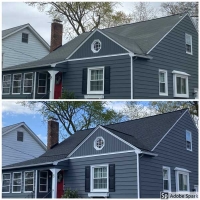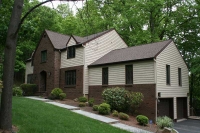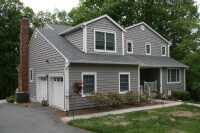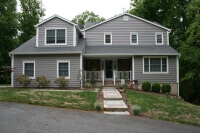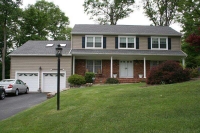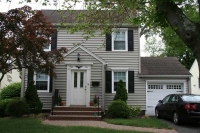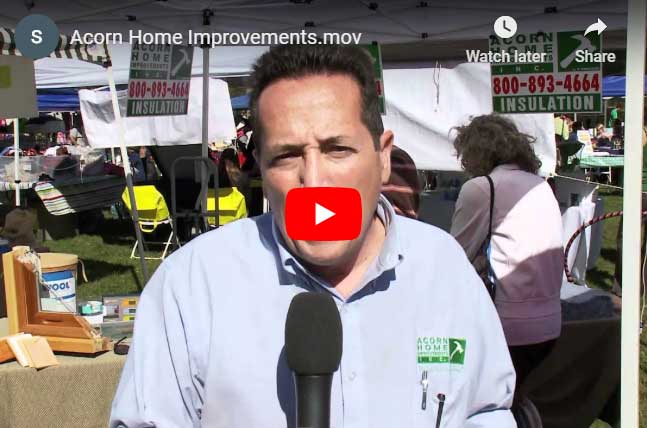We are no strangers to seasonal changes, but when these outdoor elements start making themselves known indoors, they can create a drafty home environment. Understanding why this happens and how you can address it is crucial for both your comfort and your energy bills. Local window and roof replacement contractor Acorn Home Improvements explains more.

The Root of Draftiness
Draftiness often stems from a combination of issues, rather than a single fault within the home. Some of the primary culprits include:
- Windows and Doors. Windows and doors are among the most common areas where drafts are noticed. In many Whippany homes, especially older constructions, the wear and tear or poor installation of windows and doors can lead to perceptible gaps through which cold air can infiltrate and warm air can escape. Although they are the most apparent, these direct leaks usually account for a smaller portion of the draft problem.
- Indirect Leaks. Less visible but far more impactful are the indirect leaks within your home’s structure. These are gaps in construction that create pathways for air to escape through wall cavities, floor joists, and around fixtures. They’re often not easily spotted without a thorough inspection but play a significant role in making your home feel drafty.
- Compromised Insulation and Roofing. Another predominant factor contributing to a drafty house is inadequate insulation, particularly in the attic. Since heat rises, poorly insulated attics allow heat to escape easily, exacerbating the draft issue. Similarly, damaged roofing can facilitate warm air’s exit through the home’s upper reaches, making it harder to maintain a comfortable indoor temperature.
Addressing the Drafts
Eliminating the draft in your home involves a multifaceted approach:
- Professional Energy Audits. Conducting a home energy audit is the first step towards a draft-free home. This assessment, carried out by professional energy auditors, can precisely locate the sources of drafts, be they direct or indirect leaks.
- Sealing and Insulation. Post-audit, some immediate measures can be taken to reduce drafts. Sealing windows and applying draft stoppers to doors can offer temporary relief. However, for a long-term solution, improving home insulation, particularly in the attic and foundation, returns the best results. Ramping up to R-49 insulation in your attic is a critical move towards permanently fixing a drafty house.
- Advanced Measures. Ultimately, the most effective way to address draftiness is through professional air sealing and insulation upgrades. This involves meticulously sealing gaps, cracks, and crevices throughout the home, including the attic and foundation. Simultaneously, upgrading to high-performance insulation and investing in energy-efficient windows can substantially mitigate the draft issue, enhancing your home’s overall thermal efficiency.
Tapping Into Financial Incentives
When considering these upgrades, be sure to explore federal, state, and local incentives, including the tax credits and utility rebates under the Inflation Reduction Act. These incentives can make tackling draftiness more accessible and affordable, ensuring that your energy-efficient home upgrades not only conserve heat but also save money.
A drafty home is more than a mild inconvenience; it’s a symptom of deeper issues within your home’s structure and insulation. While temporary fixes can offer immediate relief, a comprehensive plan involving professional audits, air sealing, and insulation upgrades presents a permanent solution. By addressing the root causes of draftiness, you can enjoy a more comfortable, energy-efficient living environment, no matter the season.
For all your home improvement needs, turn to Acorn Home Improvements. In addition to conducting energy audits and addressing home insulation concerns, we also provide top-notch window and siding installation services. Call us today at (973) 386-9604, or fill out our contact form to get a free estimate.

